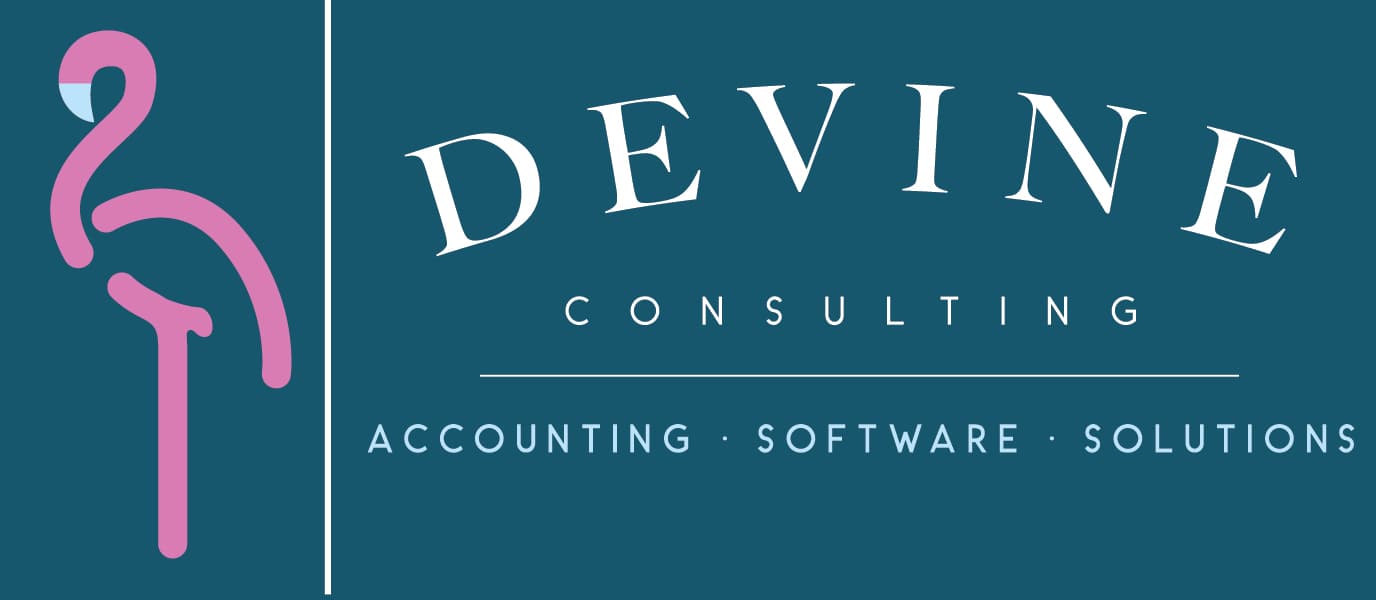Effective bookkeeping services help businesses streamline decisions, improve cash flow, and support long-term planning. Learn more.
Curious about client advisory services (CAS)? Get your most pressing questions about the best CAS practices answered here.
Explore the importance of accounting for construction projects and how it can benefit you and the growth of your business.
While not a new phenomenon, client advisory services are quickly gaining traction in the industry. Learn more.
Explore the advantages of 1099 outsourcing services, the challenges of managing these tasks in-house, and the solutions offered by Devine Consulting.
Every small business owner knows it-the early stages are tough. And compared to larger, more established organizations, managing your finances is a very different ordeal altogether.
Explore the differences between cash basis vs. accrual basis accounting and how to determine which method is right for your business.
Explore the challenges businesses face when handling the accounting audit process in-house and the advantages of outsourcing these tasks.
Explore the benefits of outsourced accounting and the collaboration techniques it provides businesses.
Businesses need proper cash flow management is key for a healthy financial future. Explore some tips in our latest blog.
Setting and tracking financial goals is key for maintaining a business. Explore some tips in our latest blog.
Learn about accrual accounting, how it enhances financial analysis, and the advantages it provides businesses.

